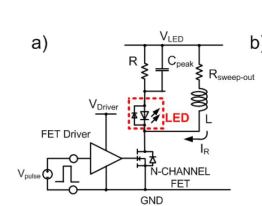Hi. I'm keen to know if this gate driver would be able to source a DC current to a load. In its datasheet, in the DC output section, is specified a value of 45mV voltage drop when IOUTH is 100mA so i'm guessing it has a DC output impedance of 0.45Ohms. Given that it's not designed for that... would DC operation of this IC only be limited by thermal dissipation?
Thank you, SB.


